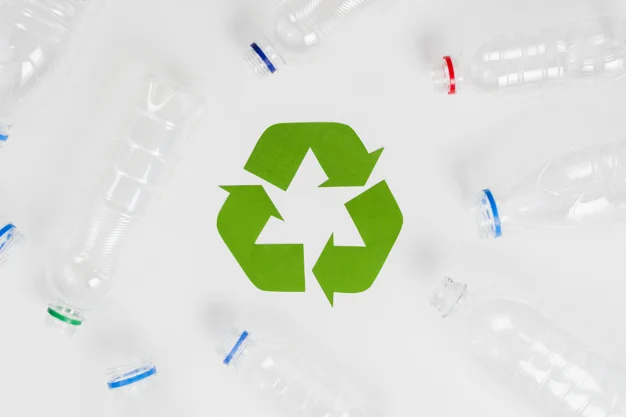
Blog
24th July 2020
Bio-based polymers are classified as materials for which at least a portion of the polymer is produced from sustainable raw materials. Bio-based polymers typically have a smaller CO2 footprint & are aligned with the idea of biodiversity. According to concerns about the loss of natural fuels & global warming associated with the use of petrochemicals, new bio-based polymers are still being produced.
In 2019, the production volume of bio-based polymers was 3.8 million tonnes, which is 1% of the production volume of fossil-based polymers and around 3% higher than in 2018. Biogenic by-products (46 percent) are the most abundant biomass feedstock used for the development of bio-based polymers, particularly by-product glycerol, from the processing of biodiesel used for the development of epoxy resins. The rising demand for biodegradable packaging items has risen at double-digit levels. The upcoming issue of microplastic waste – marine littering – is a crucial concern for these biodegradable polyamides. Bio-based and non-biodegradable polymers are dominant within the overall development of bioplastics.
Asia-Pacific accounts for a large proportion of the global bio-based polymer market due to favorable policy policies, raw materials availability, and growing demand for bio-based polymers from the consumer goods market.
The development of the bio-based polymer industry is expected to drive further competitive textile production and consumption in Asian countries. Some of the major players in the global bio-based polymer market are BASF SE, PTT Global Chemical Public Company Limited, DowDuPont, Arkema Group, Mitsubishi Chemical Holdings Corporation, Corbion, Teijin Limited, Toray Industries, Inc., Kuraray Co., Ltd., Bio-On, Novamont SpA, and Finasucre SA. Major polymer producers are turning their attention to developing innovative materials and are coordinating with numerous bio-based product manufacturers to create bio-based polymers. The bio-based polymer market is competitive and has undergone a variety of M&As in the last few years.
New and emerging biopolymers such as bio-based PP (polypropylene) and PHA (polyhydroxyalkanoate) demonstrate the fastest growth rates. In 2019, bio-based PP entered the industry on a global scale with a high growth outlook due to the extensive use of PP in a wide variety of sectors. Their production capacity is expected to be almost sixfold by 2024. PHAs are a significant polymer family whose production potential is expected to be more than triple in the next five years. Such polyester is 100% bio-based and biodegradable and has a wide variety of physical and mechanical properties depending on its chemical composition.
Bio-based, non-biodegradable plastics as a whole, including drop-in solutions of bio-based PE (polyethylene) and bio-based PET (polyethylene terephthalate) as well as bio-based PA (polyamide), currently account for more than 44% (almost 1 million tonnes) of global bioplastic processing ability. The development of bio-based PE is expected to continue to develop as new capacity is expected to be available in Europe in the coming years. Nevertheless, the plan to expand production capacity for bio-based PET has not been almost realized at the rate expected in previous years but has declined. The emphasis turned to the production of PEF (polyethylene furanoate), a new polymer scheduled to reach the industry in 2023. PEF is similar to PET but 100% bio-based and claims to have a superior barrier and thermal properties, making it the best medium for wrapping foods, food, and non-food items.
Bioplastics are used in a growing array of industries, from food, catering, consumer electronics, automotive, agriculture/horticulture, and toys to textiles and various other segments. The most prominent use sector for bioplastics is the packaging, with more than 53 percent (1.14 million tonnes) of the global demand for bioplastics in 2019. However, the product portfolio continues to diversify. Segments such as automotive & transport or building & construction have substantially expanded their share. Europe has again improved its position as a global center for the entire bioplastics industry; it ranks best in research and development and is the world's largest manufacturing sector. Currently, one-fourth of the world's bioplastic manufacturing potential is concentrated in Europe.
The global crisis of COVID-19 has contributed to demands for action from various stakeholders, including manufacturers, suppliers, dealers, and customers. The downturn in the industry in 2020, combined with reduced competition from a few global markets has put pressure on the competitiveness of producers and suppliers of Bio-based Polymers. Nonetheless, we assume that the adverse effect of COVID-19 on bio-based polymers should be offset over the mid to long term.
At the moment, fully biodegradable industrial plastics in the world do not currently exist. That potential approach has its advantages and drawbacks; it brings some environmental risks that must be commensurate with the customer's requirements, the demand, and the money expended on production.